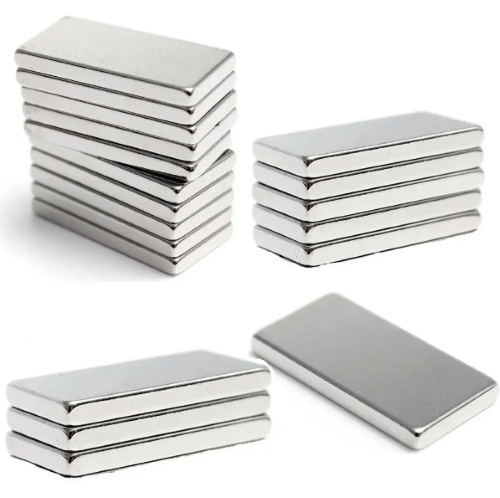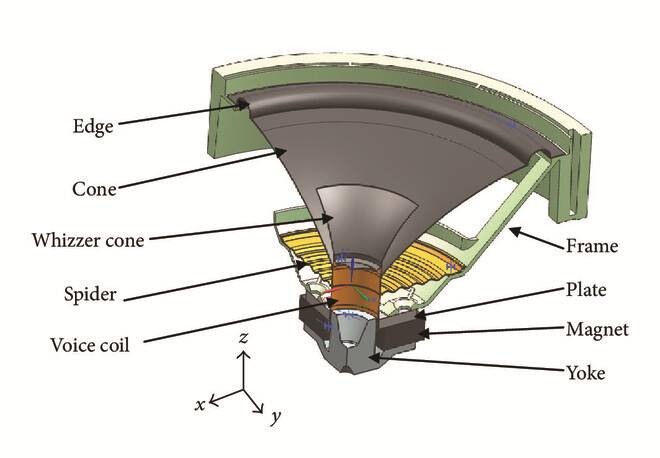The Most Frequently Asked Questions about Magnets
Many people who are new to the world of magnets may have such questions: What is the strongest magnet in the world? How many types of magnets are there? What are rare earth magnets? What's Gauss? What are the magnetic poles? How long will a neodymium magnet last? So in this article, we will try to answer the most frequently asked questions about magnets above one by one.
 Frequently Asked Questions about Magnets
Frequently Asked Questions about Magnets
1. What is the strongest magnet in the world?
The strongest magnet in the world is neodymium magnets, also known as NdFeB magnets. Their magnetic performance greatly surpasses the ferrite magnets, AlNiCo magnets, and SmCo magnets. For example, NdFeB magnets can attract objects that are 640 times their weight. Therefore, they are often referred to as strong magnets.
2. How many types of magnets are there?
Magnets can be divided into "permanent magnets" and "non-permanent magnets". Permanent magnets can be natural magnets, or they can be man-made magnets (NdFeB magnets, SmCo magnets, AlNiCo magnets, and ferrite are all permanent magnets, and the strongest of them are neodymium magnets), while non-permanent magnets are magnetic only under certain conditions, usually in the form of electromagnets, that is, using the current to strengthen their magnetic field.
3. What are rare earth magnets?
Rare earth magnets are made from the rare earth elements in the periodic table. These magnets are well-known for their strength. The most common rare-earth magnets are NdFeB magnets and SmCo magnets. Although called rare-earth elements, they are relatively abundant in the earth's crust. However, they usually do not exist in mineral deposits that can be economically exploited and are usually dispersed, hence the name "rare earth".
4. What's Gauss?
Gauss is a unit of magnetic induction, named after the German physicist and mathematician Gauss. Gauss is a very small unit, and 10000 Gauss is equal to 1 Tesla (T).
5. What are the magnetic poles?
The strongest part of the magnet is called the magnetic pole. No matter how small a magnet, it has two poles. If we rotate a magnet freely in the horizontal plane, when the magnet is at rest, one pole always points to the south, and the other pole points to the north. The one pointing south is called the South Pole (S), and the one pointing north is called the North Pole (N).
6. How long will a neodymium magnet last?
NdFeB magnets have a very high coercive force, and there will be no demagnetization and magnetic changes under the natural environment and general magnetic field conditions. Assuming an appropriate environment, even after a long period of use, the magnetic performance of the neodymium magnet will not be greatly lost. Therefore, in practical applications, we often ignore the influence of time on the magnetic performance of the NdFeB magnets.
7. How are magnets made?
Today's magnets are made by casting, compression bonding, pressing and sintering, extruding, injection molding, and also calendaring processes. In addition, once manufactured, most magnets also need to be further processed by machining processes before being assembled.
Conclusion
Thank you for reading our article and we hope you've enjoyed it. If you want to know more about the most frequently asked questions about magnets, we would like to recommend you to visit Stanford Magnets for more information. Stanford Magnets is a leading magnet supplier across the world, that has been involved in R&D, manufacturing, and sales of strong magnets and ferrite magnets since the 1990s. It provides customers with high-quality rare earth permanent magnetic products, and other non-rare earth permanent magnets at a very competitive price.















